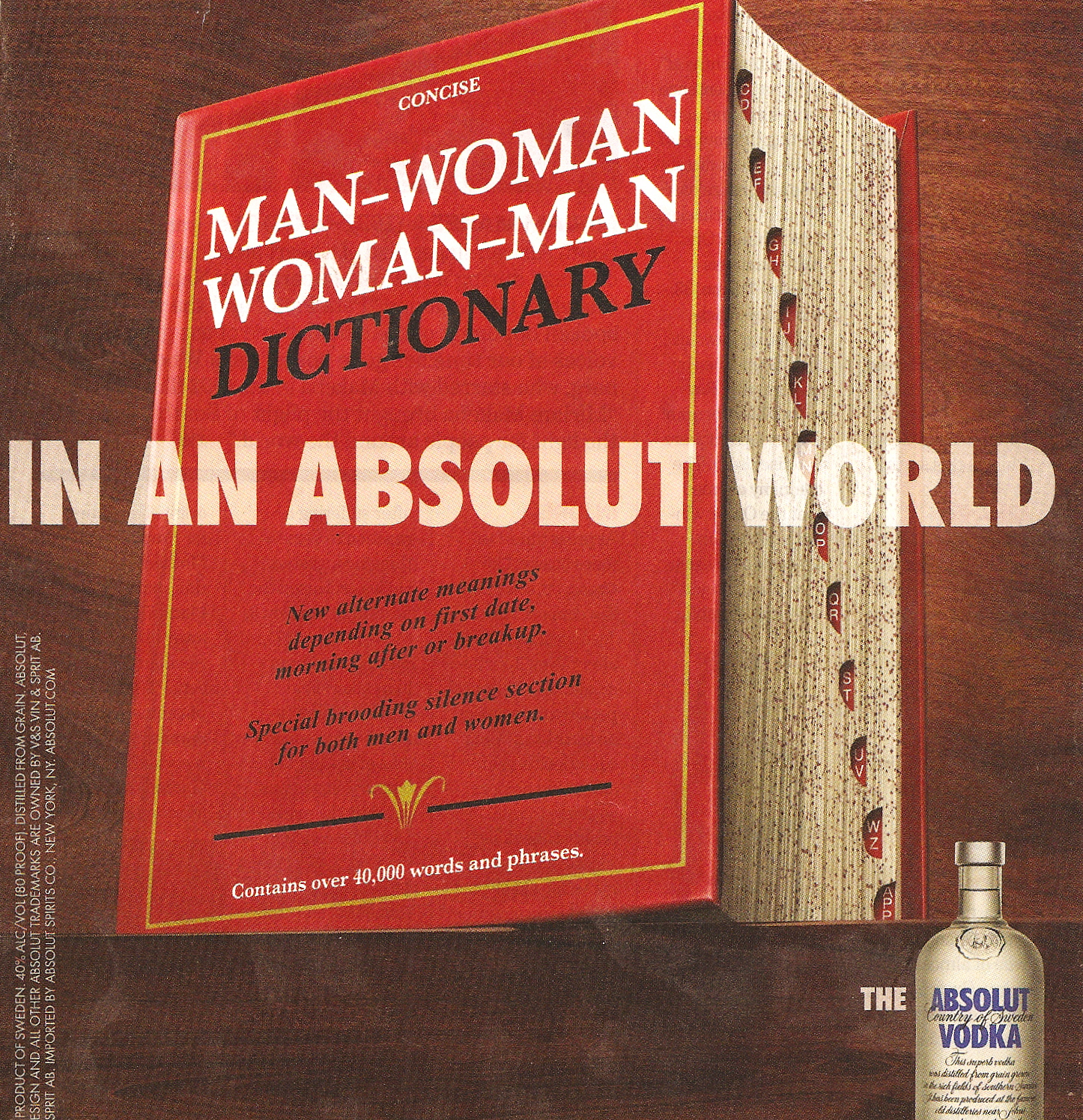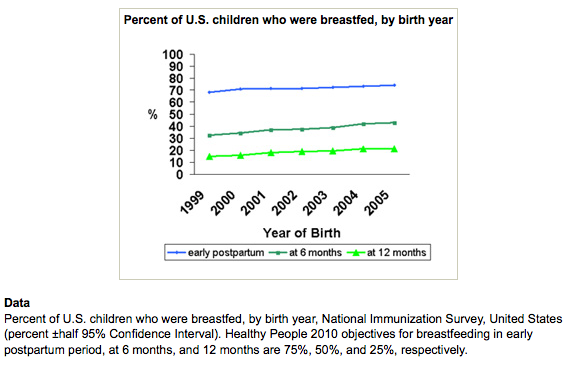Emily K. sent me a link to this story about a soccer team in Amsterdam, Ajax, known as the Jews. According to this New York Times article, the team got the nickname from opposing teams, who began calling the club the Jews because of the supposed history of Jews on the team. There isn’t any particular connection between the Jewish community and the team today–the team doesn’t have a large number of Jewish players, nor is the fan club made up of a higher number of Jews than other soccer teams.
This leads to some interesting situations. Most notably, fans (the vast majority of whom are non-Jewish) have adopted symbols of Judaism and Israel to show team spirit. Here’s a fan wrapped up in an Israeli flag:
And this fan has tattooed the Ajax logo along with a Star of David on his arm:
(Both images from the NYT article.)
Fans sometimes display gigantic Israeli flags in the stands during games (image found here):
This brings up some interesting issues about the appropriation of cultural symbols. When I first saw the pictures, I thought it was a bit disturbing that people use the Israeli flag as a prop to express support for an athletic team. But then I remembered that people do this all the time–I’ve seen pictures of soccer fans wrapped up in, for example, the Spanish flag, or wearing shirts with pictures of flags on them (not to mention people wearing clothing with American flags). Of course, that is often by people who are citizens of those countries. So is it weird to have non-Israelis using the Israeli flag in this way? I’ve thought about it, and I think maybe the strong association between Israel and Judaism makes this seem a little different than those other examples, since it then appears to be the appropriation of a religious symbol, even though the Israeli flag is not, technically speaking, itself a religious item (as opposed to, say, if fans were wearing yarmulkes or something). And clearly the people using the flag in this way are doing so because of its association with Jewishness, not because they have any particular interest in Israel or like an Israeli team.
The other problem that arises is opposing fans’ heckling. Because Ajax is nicknamed the Jews, fans of other teams often use anti-Semitic chants during games. Some examples (found at the Ajax USA site):
Ssssssssssssssssssssssssss… (the hissing sound of gas)
We’re hunting the Jews!
There is the Ajax train to Auschwitz!
Sieg! Sieg! Sieg! (German for ‘victory’, yelled while performing the Hitler’s Salute)
According to the NYT article, they have also yelled “Hamas! Hamas!”, a reference to the Palestinian political party. And there’s this, from Ajax fans themselves:
…during a game against a German team late last year, a group of Ajax supporters displayed a banner that read “Jews take revenge for ’40-’45,” a reference to the Holocaust.
Some Jewish fans now report that they have stopped attending games because they find the behavior offensive.
This would be a great example to use in a discussion of sports mascots, particularly how it compares to American Indian mascots (for examples, see this post) and Notre Dame’s Fighting Irish mascot (see post here). Critics of American Indian mascots often ask questions along the lines of “What would happen if a team called itself the Fighting Jews?” (see here and here for examples of this rhetorical strategy), but it’s always presented as an unimaginable, completely hypothetical situation. And yet it turns out not to be so hypothetical after all. My guess is students would generally have a much more negative reaction to the Ajax Jews than to teams like the Washington Redskins, and it would be useful to discuss why that might be (keeping in mind that fans of teams playing against teams with Indian mascots sometimes use images that depict violence against Indians).
And of course there’s also the whole issue of the appropriation of Jewish culture and the trivialization of the Holocaust and Nazism by both Ajax and opposing fans. The whole thing is creepy.
Thanks, Emily!






























